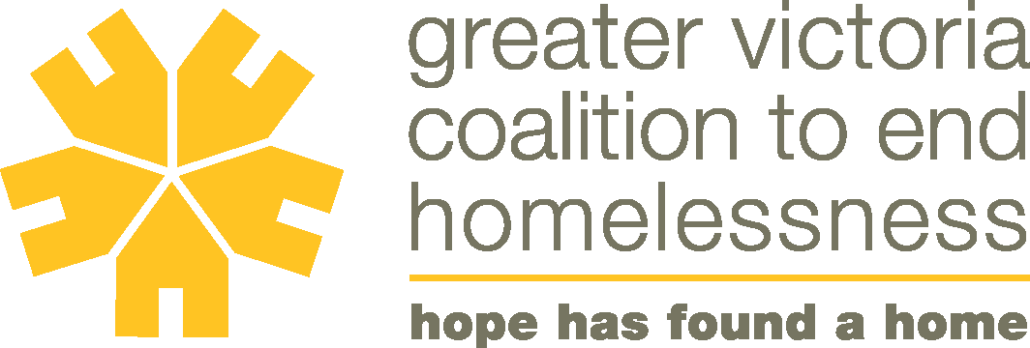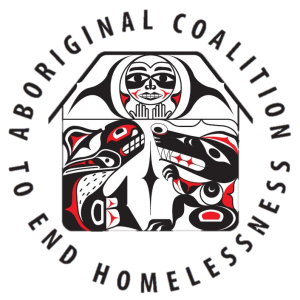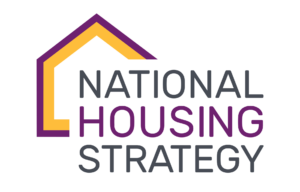The AEHCR Ceased Operations September 30, 2025
While Victoria’s 2020 Point-in-Time (PiT) Count found that 33% of its homeless survey respondents identified as female, the proportion of women experiencing homelessness is likely higher, but not currently captured by conventional approaches. Further, Indigenous women experience disproportionate rates of homelessness; among Indigenous Victoria PiT Count respondents, 44% were women.
Every six days a woman in Canada is killed by her intimate partner.
In Canada, Aboriginal (First Nations, Métis and Inuit) women and children were overrepresented in residential facilities for victims of abuse, with Aboriginal women and children represented 5 and 3 times higher, respectively, in these facilities compared to their representation in the Canadian population.
Across Canada, in 2017/2018, there were 552 residential facilities for victims of abuse operating across Canada that saw over 68,000 admissions in the previous year, the vast majority being women (60.3%) and their accompanying children (39.6%).
An an average day, Violence Against Women (VAW) shelters across Canada turn away almost 1,000 women and their children.
In Victoria, in 2019, there was
• one women’s shelter (19.0% of shelter beds)
• one family shelter (1.5% of shelter beds)
Across Canada, in 2017/2018, there were 552 residential facilities for victims of abuse operating across Canada that saw over 68,000 admissions in the previous year, the vast majority being women (60.3%) and their accompanying children (39.6%).







